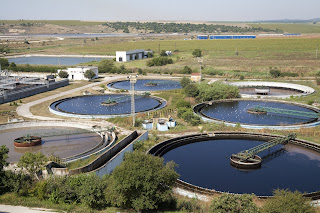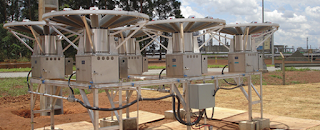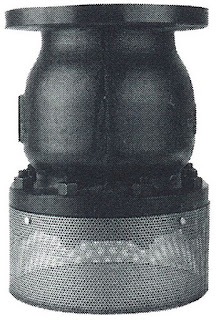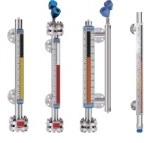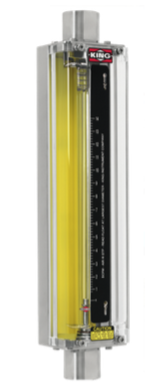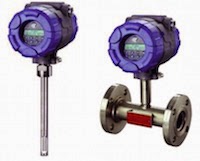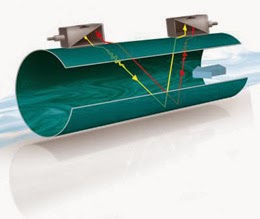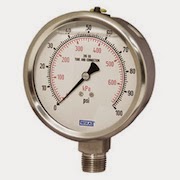A
flame detector is a specialized sensor used to detect and respond to the presence of a flame, and accordingly notify an operator, sound an alarm, close a fuel supply valve, shut down a pump, and turn on a fire suppression system.
Flame detectors are fast acting and accurate, much more so than smoke or heat detectors because of the technology they employ. Some flame detectors can detect fires up to 215 feet away and be accurate enough to detect a 1 sq. foot gasoline pan at 215 feet in less than 5 seconds.
One popular type of flame detection technology used is measuring infrared (IR) light coming from a source. This type of sensor monitors the infrared light spectrum for very specific patterns given off by hot gases. These hot gases are sensed by a specialized fire-fighting thermal imaging (thermographic) camera.
One method of determining if a fire exists is by looking for the infrared peak of hot carbon dioxide (approximately 4.4 micrometers). Response times of a typical IR detector is 3–5 seconds.
There is the possibility, however, of false alarms caused by background thermal radiation and other hot surfaces in the area. Another potential concern is with the formation of condensate on the flame detector's lens, which can greatly reduce its accuracy. Direct exposure to sunlight for these types of detectors can also be problematic.
An approach to overcome these issues is with dual or triple IR sensors, which compare the threshold signal in two or three infrared ranges. Often one sensor looks at the 4.4 micrometer carbon dioxide (CO2) emission, while the other sensors looks at additional reference frequencies. Modern flame detector design allow users to select different sensitivity levels to ensure no other detectors cross-over detection zones.
Additional important features to be considered are heated windows to eliminate condensation and icing, HART and Modbus capabilities for digital communications, low excitation power, and compact design.
When selecting a flame detector for any application, it is important to make sure it is approved and certified for that specific use. Check for third party agency approval including FM, ATEX, IECEx, TUV, and CSA. These approvals and certifications assure the highest quality of products and performance.
Finally, the proper application of flame detectors is critical in many applications for the safety and protection of property and personnel. Therefore, it is always suggested that your application be discussed with a
qualified application engineer.
